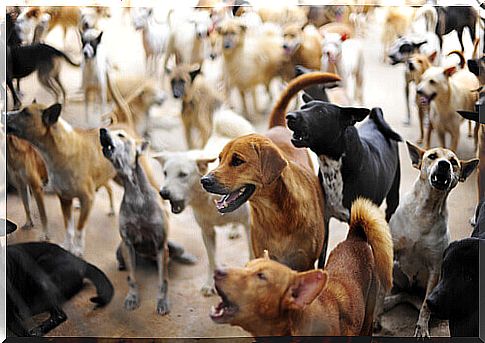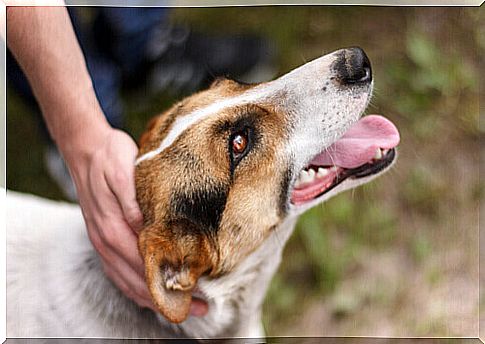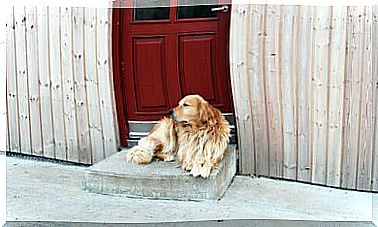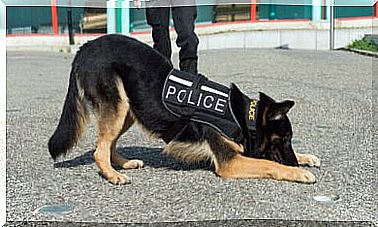What Did Holland Do To Be The First Country Without Stray Dogs?

Imagine a world without stray animals! It sounds utopian, but it’s not impossible. However, it will not be easy to succeed, especially taking into account that a large part of humanity, especially children, live in inhuman conditions and many of them on the street. Faced with this bleak landscape, what can homeless dogs expect? However, there are always exceptions and today we can say that Holland is the first country without abandoned dogs.
A success achieved without sacrificing stray dogs

What has Holland done to stop having stray animals? The first thing we need to clarify is that he achieved this without sacrificing the dogs or putting them in kennels.
We also remember that we are not talking about a small country, but one with 17 million inhabitants, with good economic conditions, a great quality of life and with advanced policies in terms of individual freedom and environmental issues.
The fact is that if a large part of your life is insured, it is not so difficult to think that you can also take care of the welfare of the animals. However, this has not always been the case, of course; we’ll talk about it below.
Find out about the measures Holland has taken to avoid stray dogs
As in other areas, the Netherlands has also taken the initiative in the protection of animal rights and to this end joint work has been carried out between the authorities and the people. Eg:
- The laws have been tightened up : mistreating an animal or abandoning it corresponds to a fine that exceeds 16,000 euros and a 3-year prison sentence.
- Education and awareness campaigns have been launched to remind people that the mistreatment of animals is as serious as that inflicted on people.
- Massive and free sterilization of animals.
- High taxes for the purchase of purebred animals in order to encourage the adoption of abandoned animals.
As you can see, many of these measures are being adopted in different countries where the problem of abandonment and animal abuse continues to have no solution. For this reason, we have underlined the importance played by the living conditions enjoyed by Holland, which have contributed, and a lot, to the success of its policies on this issue.
Dutch and dogs: a bit of history
That Holland no longer has stray dogs does not mean that its history has always been rosy from this point of view. Research conducted by ‘Hondenbescherming’, the Dutch Canine Protection Agency, together with other organizations, reveals the path that has led to this positive present.
It is estimated that at the beginning of the 19th century, almost every Dutch home had dogs. The upper classes, as a symbol of their status, owned purebred dogs as pets or for sport. The lower bands, for their part, had mestizos which they used mainly as guard and working dogs.
Certainly, moreover, there were many stray dogs, abandoned when they were no longer considered suitable by their owners. As the stray dog population has increased, rabies has become a serious problem. This resulted in massive sacrifices of the abandoned animals; furthermore, rules were established for the use of leashes and muzzles.
Holland and its long journey to become a country without stray dogs
Once the rabies epidemic was under control, however, the sacrifice of stray animals continued to be a recurring practice. Some counterproductive measures were also taken in this regard, such as taxing those who had a dog. The decision generated an increase in the number of animals abandoned by those owners who could not or did not want to pay this tax.
In 1864 the first animal protection agency was created. In 1877 the first kennel was opened. The first penalties for animal abuse, however, date back to 1866. In this period, dogs were used, above all, to pull carts. However, until 1962 it was not possible to completely abolish the use of dogs for this activity.
A lot of water has gone under the bridge since then and an animal health and welfare law was passed at the end of the last century , which has become essential for Holland to be a country without stray animals today.









